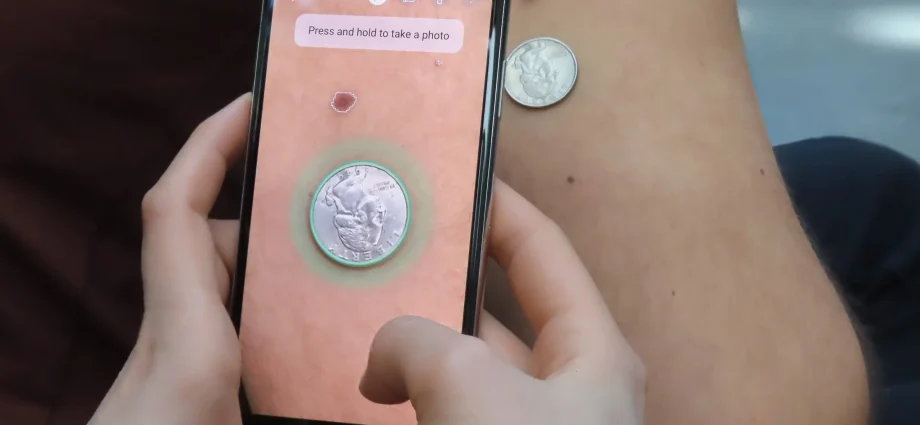Contents
It is believed that freckles speak of a light character, and an abundance of moles on the body is a sign of happiness in love. But dermatologists have their own opinion on this matter, which is worth listening to. We tell you why it is so important to observe moles.
What are moles
An interesting fact: at birth, we do not have moles. They show up later.
Causes of the appearance of moles
In the course of many years of research, scientists have been able to identify a number of reasons why nevi appear. The most common:
Predisposition to moles, passed down from generation to generation.
Exposure to ultraviolet radiation.
Why are moles dangerous?
It is necessary to constantly monitor moles
The potential danger of moles lies in the fact that over time they can degenerate from benign to malignant, including melanoma, in other words, skin cancer.
It used to be that melanoma was a disease of the 60+ age category. But today the disease has become younger, melanoma is detected in both 28-year-olds and 40-year-olds. We do not scare, but only remind you that it is necessary to regularly independently monitor moles and any spots that appear on the body.
When to Pay Attention to a Mole
Use the ABCDE self-diagnosis method, but do not forget that only a doctor can correctly determine the condition of a mole.
The abbreviation stands for:
A (АSYMMETRY) – asymmetry;
В (BORDERS) – borders;
С (COLOR) – Colour;
D (DIAMETER) – diameter;
Е (EVOLUTION) – change.
Confused? Let’s explain with Alexandra Prokofieva, medical expert of the brand La Roche-Posay.
Asymmetry
A “good” mole, not dangerous, is always symmetrical. Draw a mental line through the middle of the mole – both halves should be equal. If this is not the case, show the mole to a doctor.
Boundaries
Take a closer look at the outlines of the mole. Is it even, with clear boundaries? Then there is no cause for concern.
Color
Now check out the color. Is your mole the same color? It’s good. It is worth sounding the alarm if there are different shades, from brown to red, white or purple.
Diameter
Moles that do not cause concern are usually small. The growth of a mole is a reason to urgently go to the doctor.
Change
If you notice that the mole has changed, began to hurt, itch or bleed, we advise you to worry. These symptoms should be reported to a dermatologist.
How to protect moles
The more moles, the higher the risk of developing a malignant tumor. The facts say that in 35% of cases, melanoma occurs at the site of an already existing mole. The main thing is to protect the skin from ultraviolet rays and regularly conduct self-diagnosis.
To make it easier for you to monitor nevi, the laboratory La Roche-Posay developed the application “My moles”. It will help to make a “map” of moles and control their changes.
Following these rules will help keep the situation under control:
do not go out into the hot sun from noon until four in the evening;
avoid prolonged exposure to the open sun, sunbathe in the shade;
don’t forget to renew your sun protection;
Always protect your children from the sun with SPF 50+ products and the right clothing and hat.
The best sun protection products
Below is a list of Healthy-Food’s top picks for UV protection.
Sun milk for face and body in a compact format Anthelios XL, SPF 50+/PPD 34, La Roche-Posay
The milk contains a sun filter system and vitamin E. Together, it provides excellent protection against UVA and UVB rays. The product is photostable and resistant to water.
Anthelios mattifying face spray veil, SPF 50, La Roche-Posay
Suitable for oily skin – Airlicium component controls oily sheen. Spray protects against photoaging, hyperpigmentation, neoplasms caused by exposure to the sun. Available in a convenient 75 ml format.
Gel for application to wet skin for children Anthelios, SPF 50+, La Roche-Posay
Wetskin technology allows the gel to retain its protective properties even on wet skin. The high degree of protection protects against UVA and UVB rays and some of the effects of infrared radiation.










